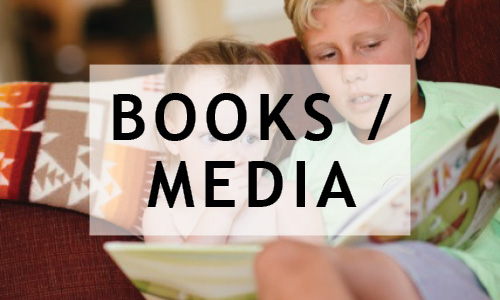We all want to know how our child’s day went at school. I am often asked how to “draw out” a child and find out what he did that day. But when we ask, “How was school?” we either get no response or “Okay.” Hey, we want more details!
“How was your day?” or “How was school?” are questions that are too general for a preschooler to easily answer. A three-year-old would have a hard time coming up with something and a two-year-old wouldn’t have a clue. Instead, comment on an activity or two that you know they engaged in and be specific, “I like your swings. They must go really high. I wonder who gives you a push.” Now you have taken the pressure off of your child to speak, started them off on the topic of school and can pause for their response. Also, open-ended questions like, “I wonder if you used play-doh today?” or “Look at all the colors in your drawing, I wonder what you drew?” Good preschools communicate with parents through notes and quick conversations after school to let you know what they are discussing and reading about such as apples in the fall or snow in the winter and what was particularly exciting that day. This helps you decipher drawings and understand conversations about your child’s day.
Every little painted stone or scribbled drawing your child brings home is a conversation starter. Research was done that showed when four-year-old children brought home objects from preschool including their art projects, the children referred to recent school activities significantly more than when they did not. Take advantage of these masterpieces, asking open-ended questions of your little artist and don’t forget to listen.
Another way to elicit conversation about school is to read a good book about a preschooler’s day and let your child chat about his experience. Preschoolers like to have what is called “book-to-life” conversations, relating their activities to what is pictured in the book. Try reading First Experiences: My First Day at Preschool (Baby Basics) by Roger Priddy or an old favorite, Spot Goes to School, and see if your child might tell about his smock and painting area, snack, friends or story time.
And remember, the most important thing is to listen.



